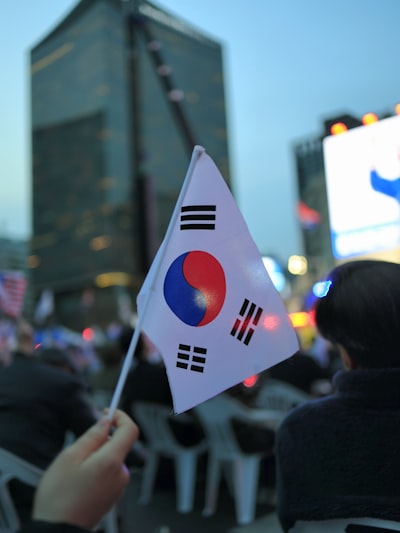Summary
In his first month as South Korea’s president, Lee Jae-myung has prioritized improving ties with China and Russia while maintaining a solid alliance with the United States. Stressing peace as the cornerstone of stability and happiness for Korean citizens, Lee’s administration responded to North Korea with a conciliatory gesture—halting loudspeaker propaganda near the border, which earned a positive reaction from Pyongyang. China, seeking closer engagement, has invited Lee to a major military parade in Beijing, commemorating 80 years since World War II’s end. Seoul now faces a delicate diplomatic decision, recalling previous tensions caused when a former South Korean leader attended a similar event in 2015.
Analysis
Lee’s move to diversify South Korea’s diplomatic ties is both a reaction to shifting global dynamics and a pragmatic strategy. The United States has long been Seoul’s security bedrock, but regional realities—such as economic interdependence with China and proximity to Russia—compel a recalibration beyond a single alliance. Lee’s emphasis on peace gestures towards North Korea and potential engagement with China illustrates a calculated balancing act, designed to reduce security risks and foster stability. Yet, this approach isn’t without risks. Historical memory, alliance expectations—especially from the US—and suspicion from domestic hawks may all test Lee’s diplomatic agility. Moreover, China’s invitation is not just symbolic hospitality; it comes at a time of escalating US-China competition, potentially putting Seoul in the crosshairs of great power rivalry.
Discussion
Why does this matter? The Korean Peninsula remains a critical fault line in Northeast Asia’s security architecture. Moves towards reducing tensions with Pyongyang and engaging Beijing and Moscow could either lower the stakes—or expose Seoul to accusations of abandoning its primary ally. There’s a broader shift underway: middle powers like South Korea are asserting more agency, seeking flexible diplomacy in a multipolar world. Lee’s choices could set new precedents—either demonstrating how countries can pursue balanced foreign policy without alienating traditional partners, or showing the limits imposed by alliance politics and entrenched regional suspicions.
Questions linger: Can Lee attend Beijing’s parade without antagonizing Washington? Is pursuing rapprochement with Russia and China feasible when those countries are increasingly isolated by the West? And domestically, will the Korean public support such nuanced engagement, especially if it comes at the cost of perceived national security guarantees? In the end, Lee’s diplomatic outreach is more than posturing—it’s a test case for 21st-century statecraft where neither allegiance nor autonomy comes easy.
In a time of accelerating global polarization, South Korea’s attempt at diplomatic flexibility—if successful—may offer a valuable model. But the tightrope is long, and the drop is steep.

Comments
No comments yet. Be the first to comment!